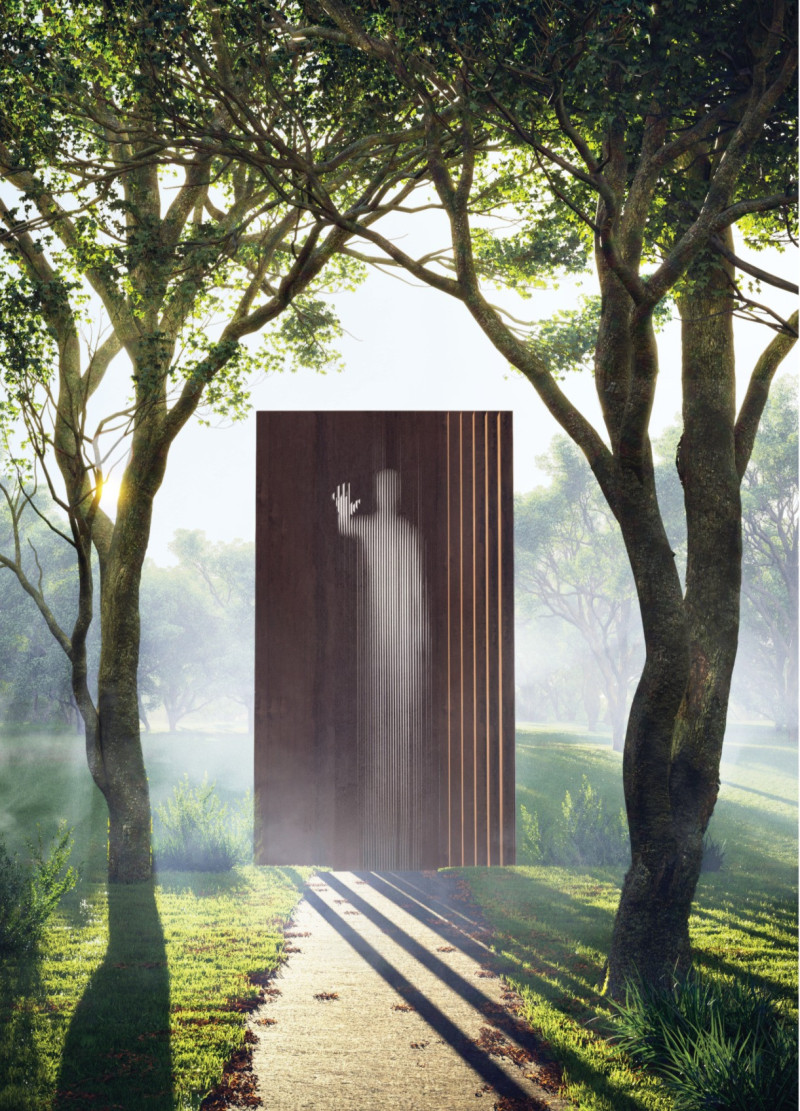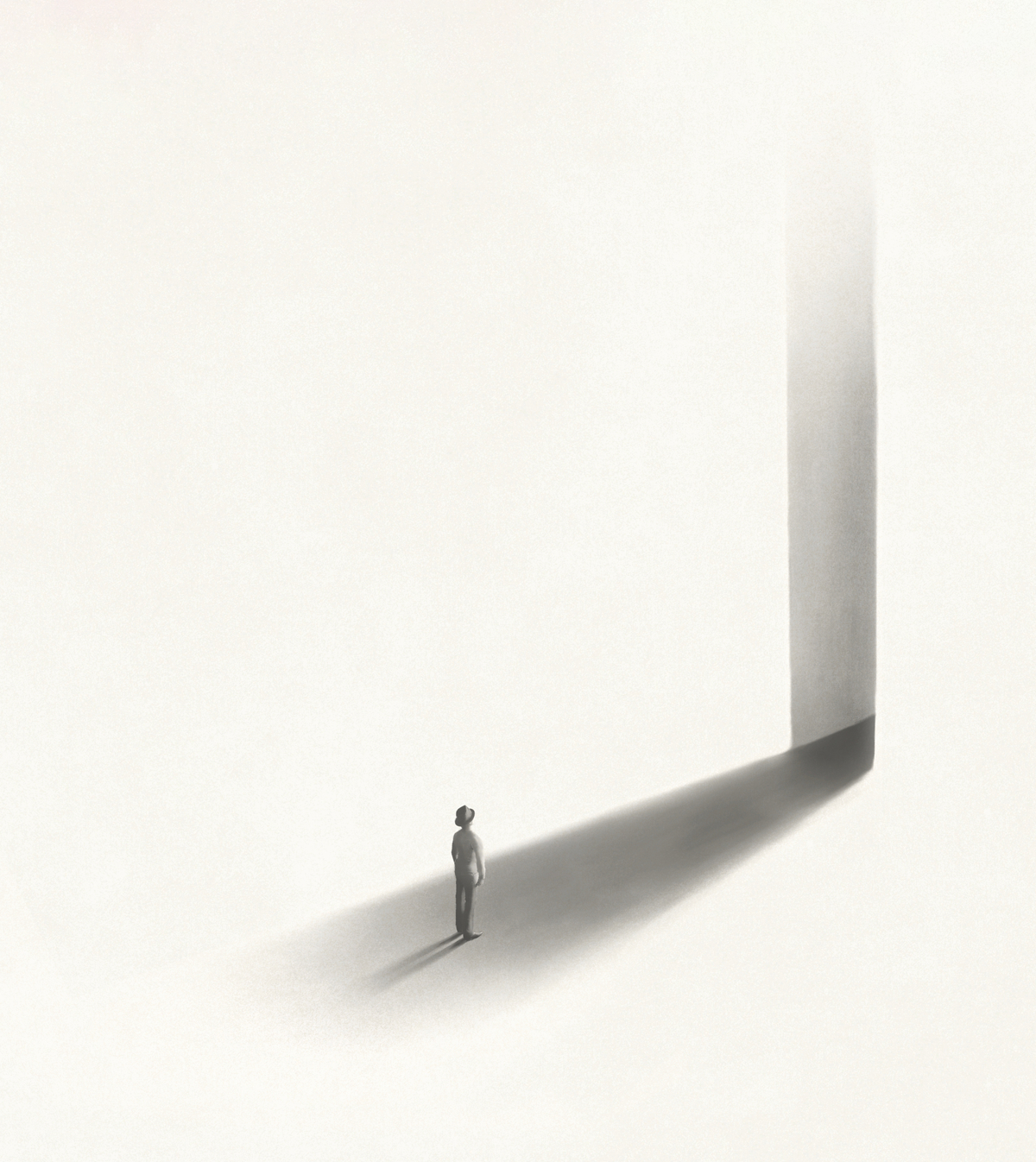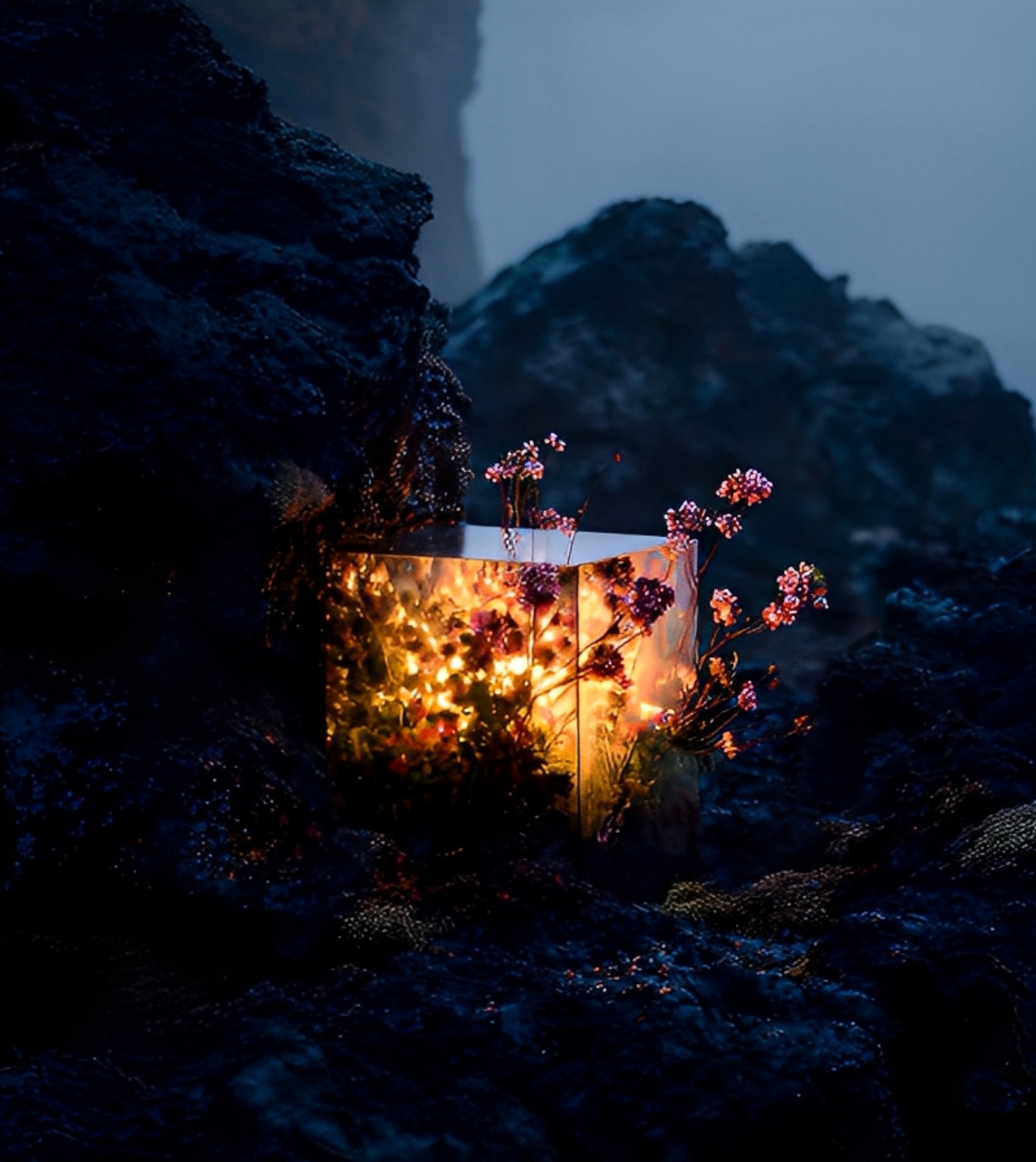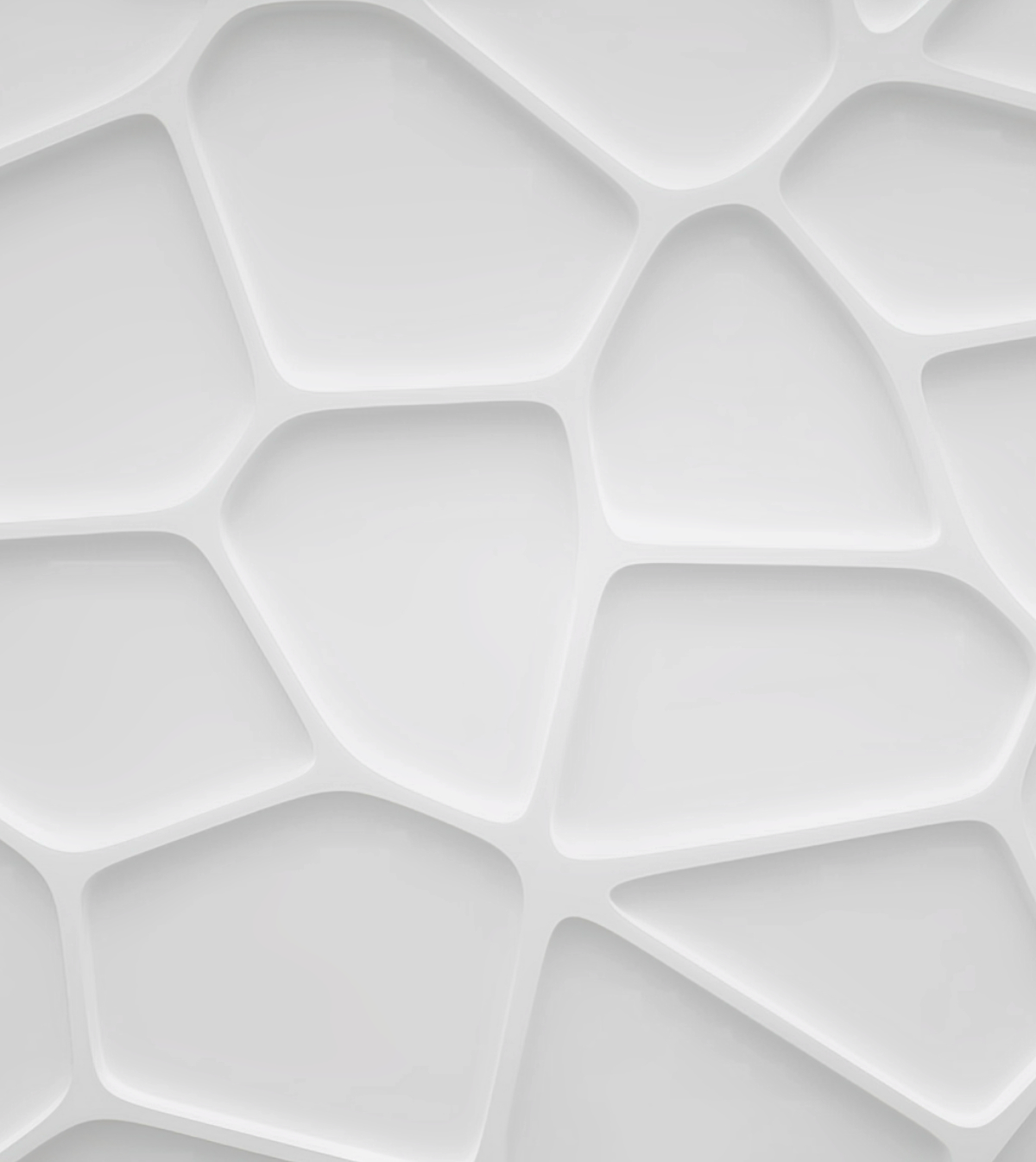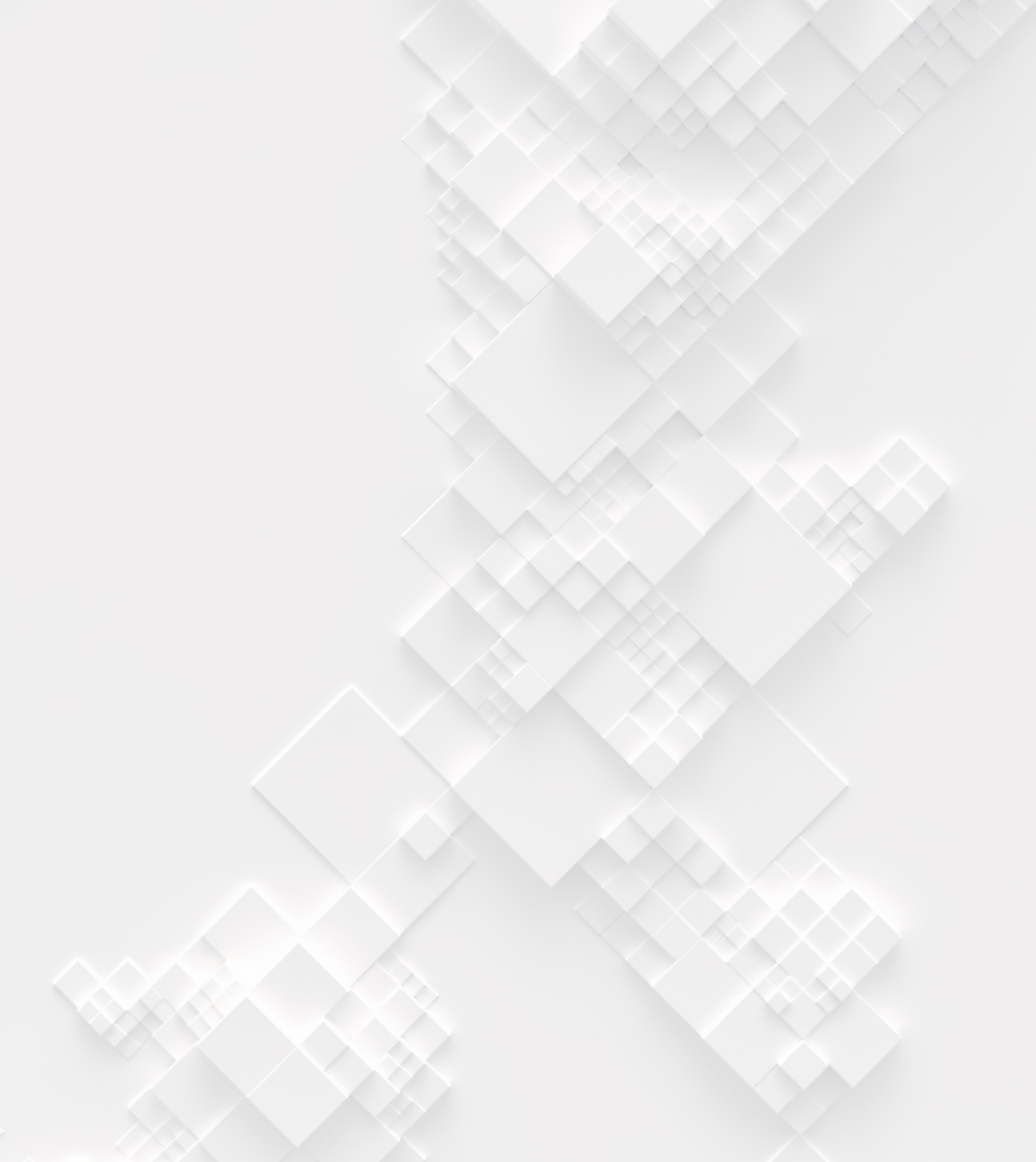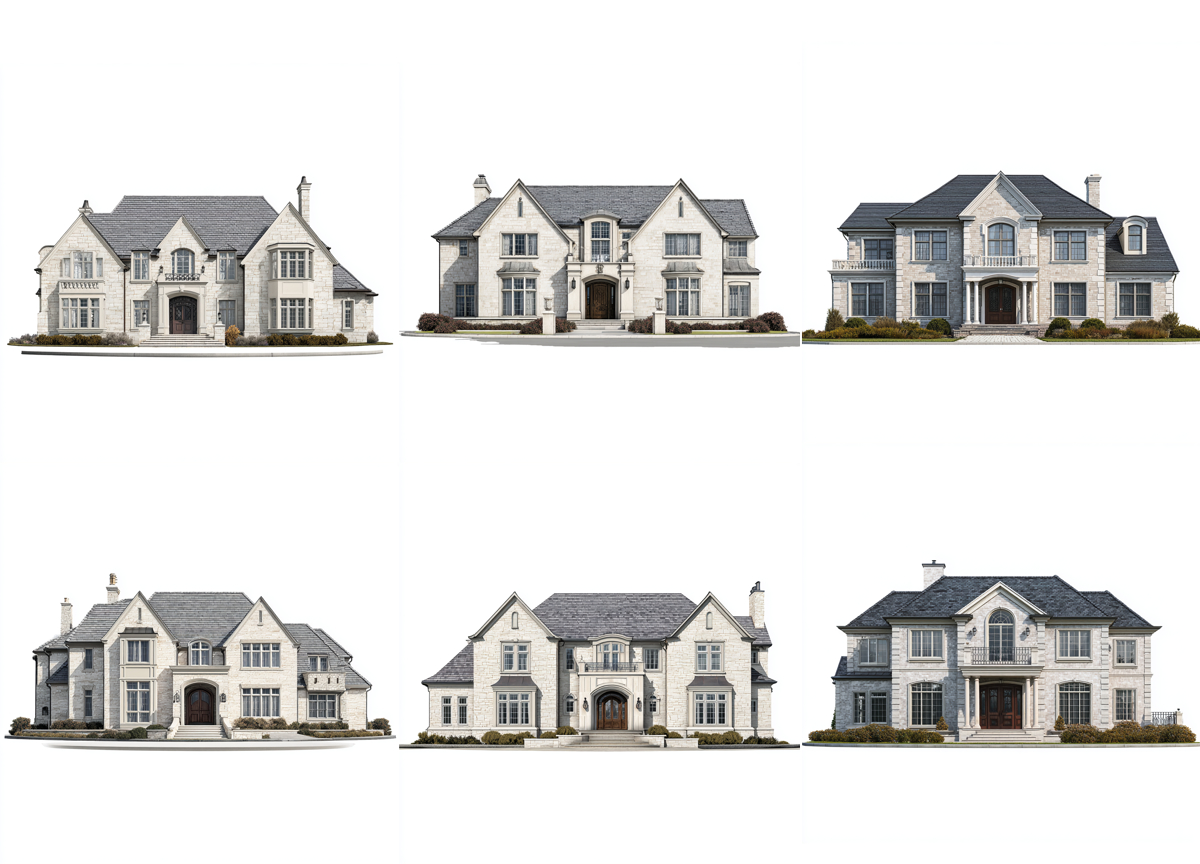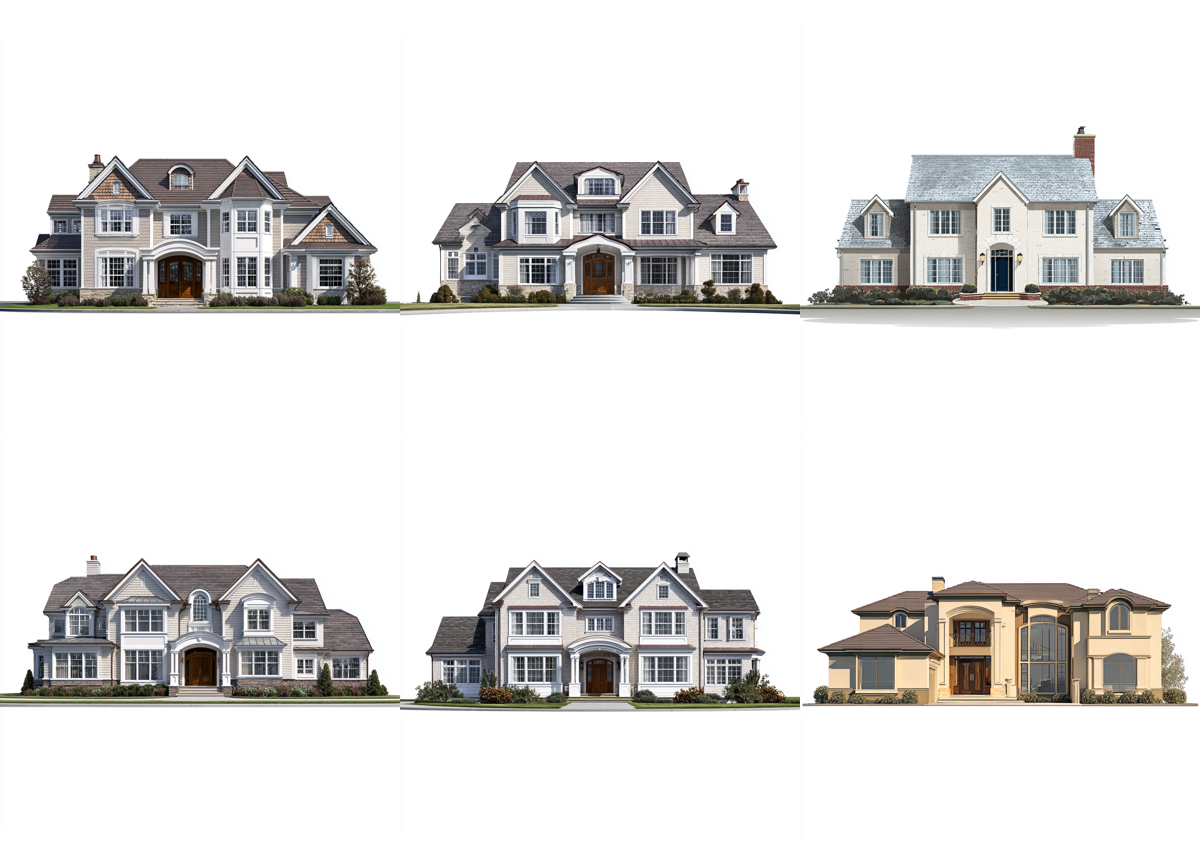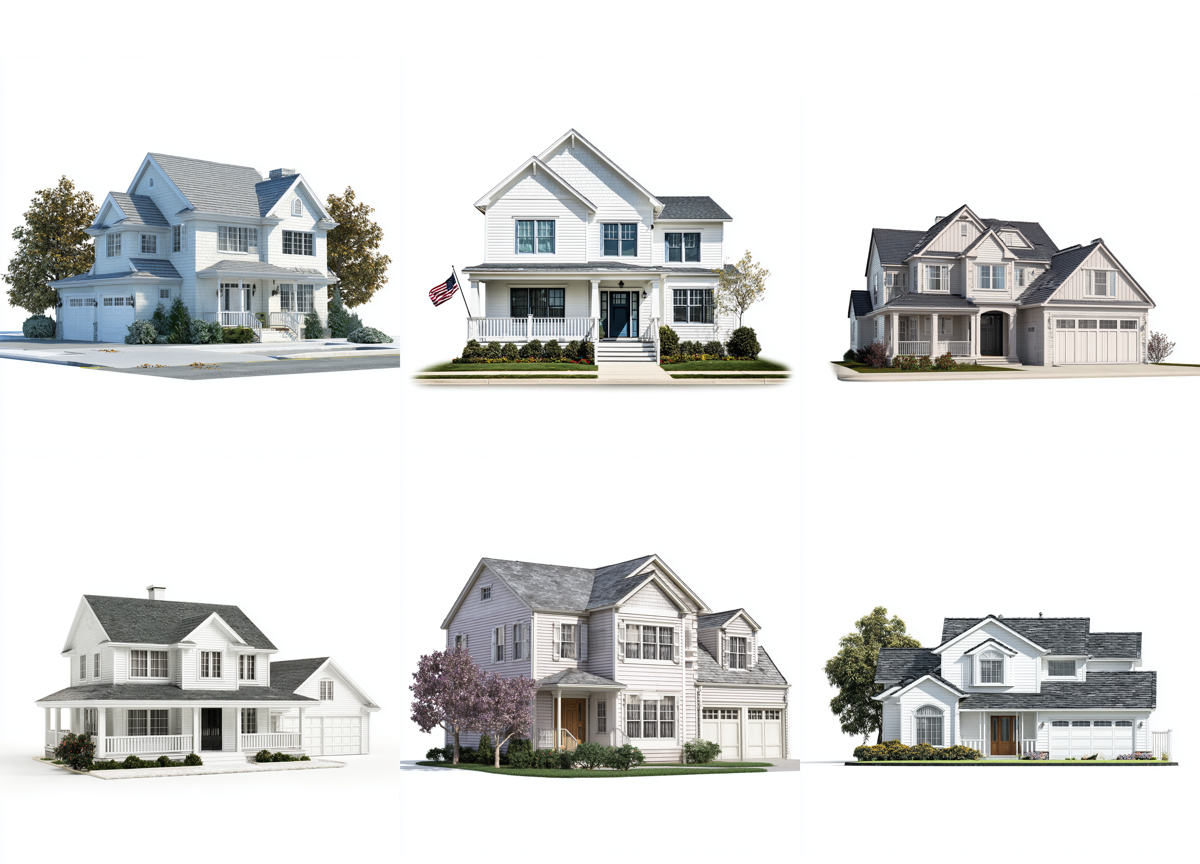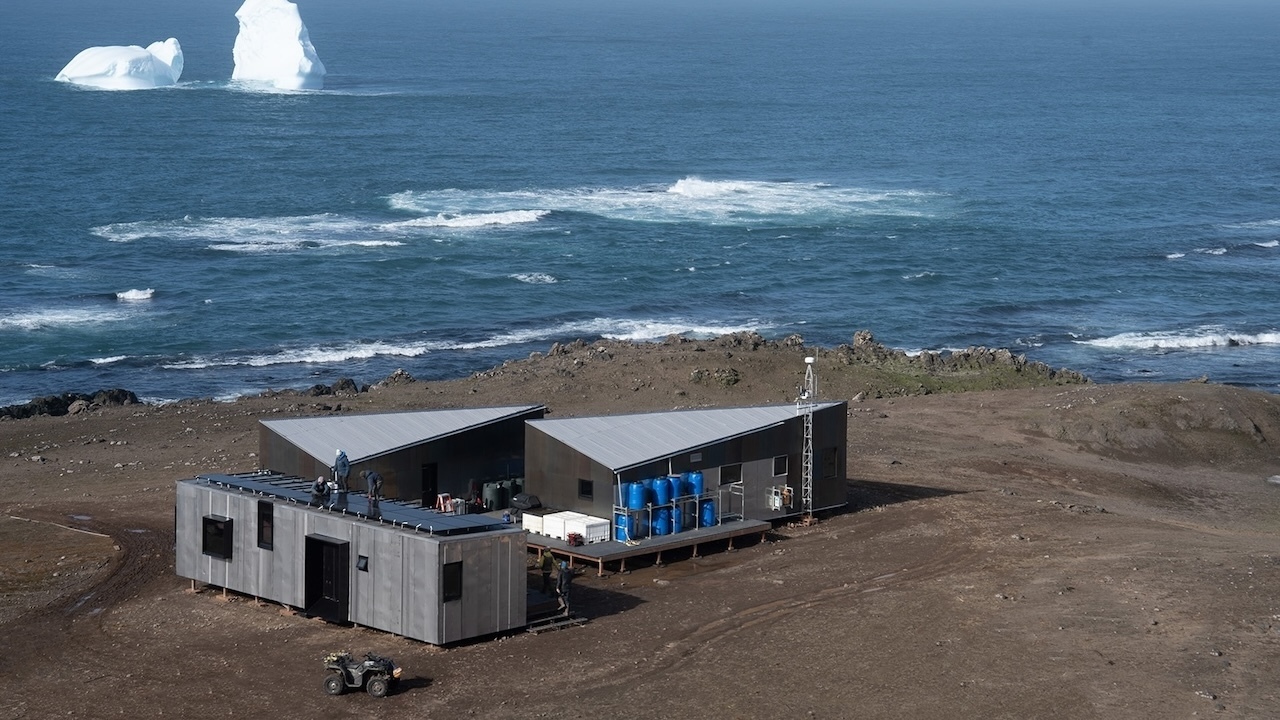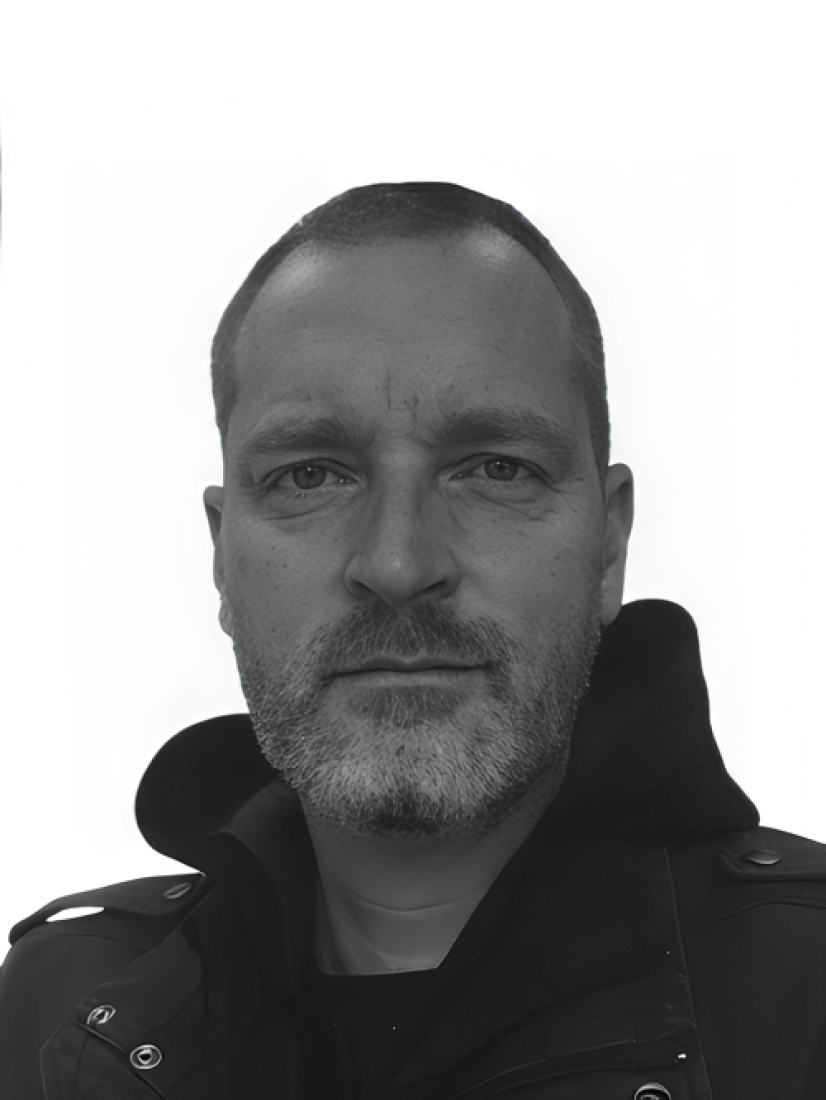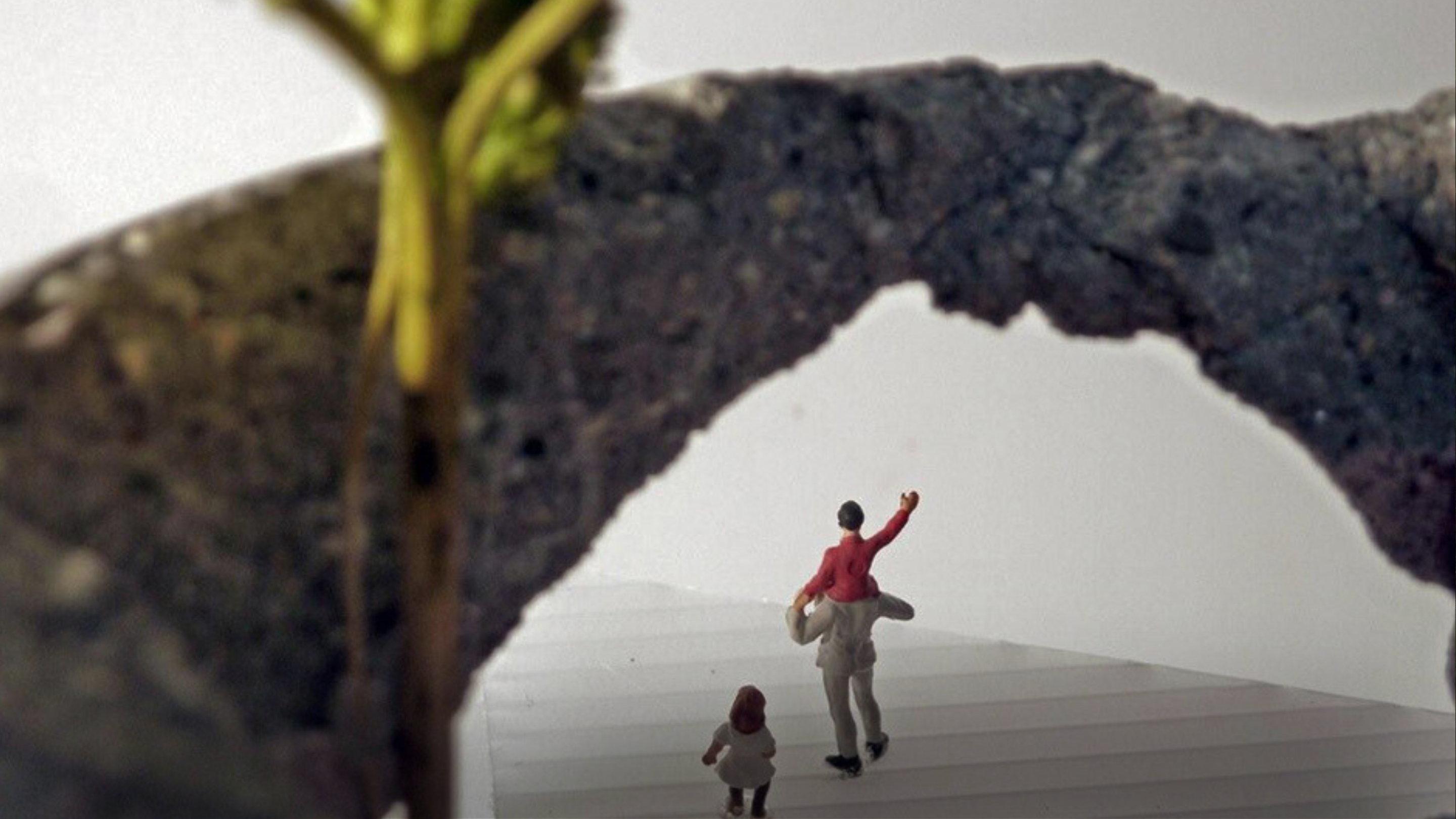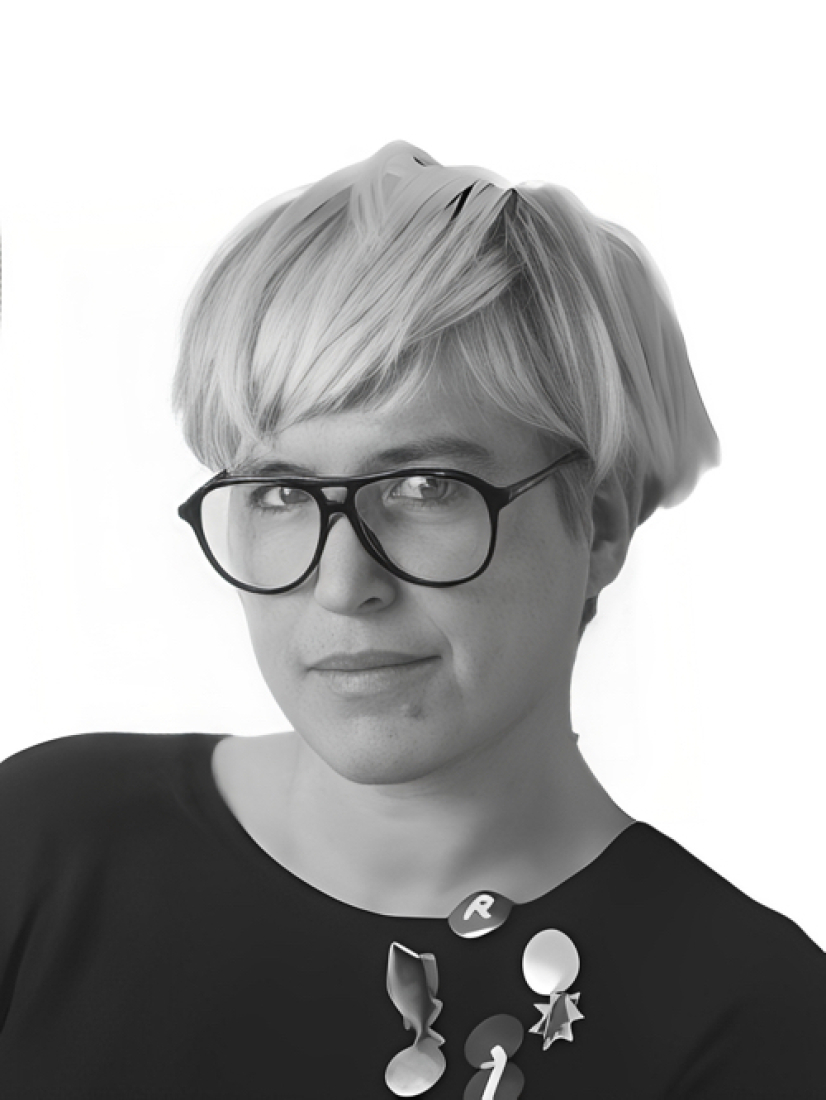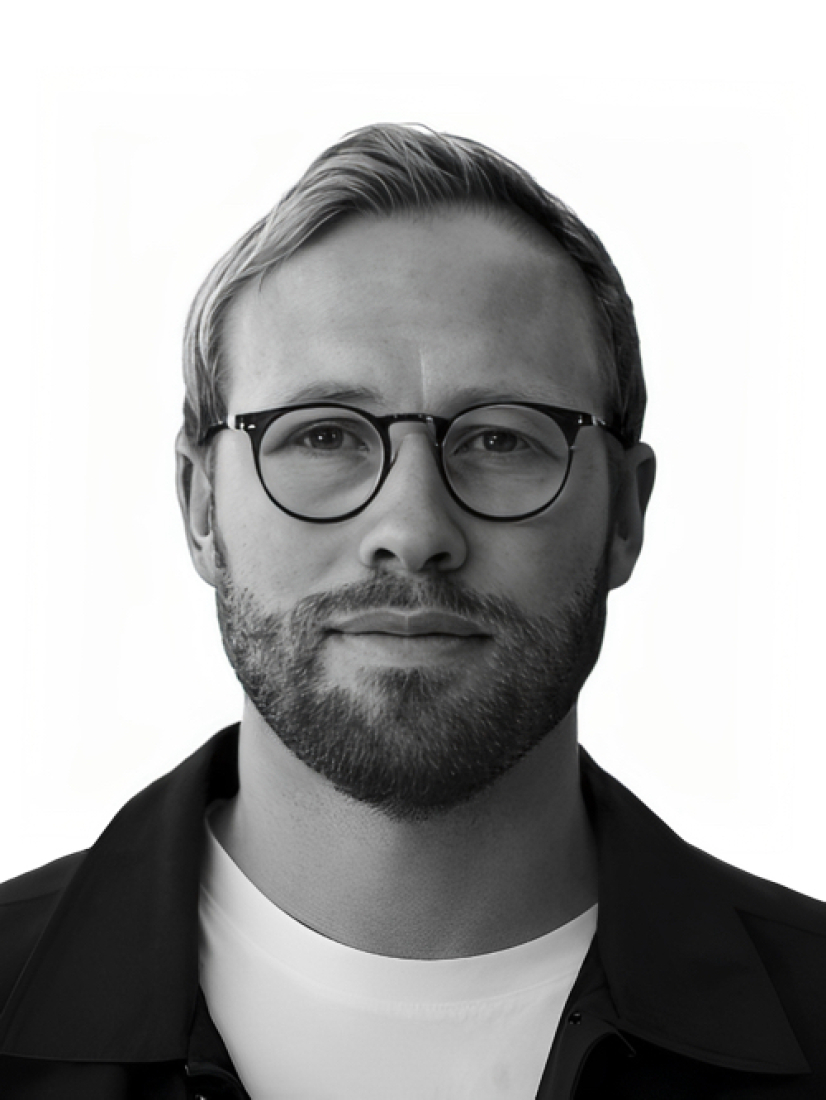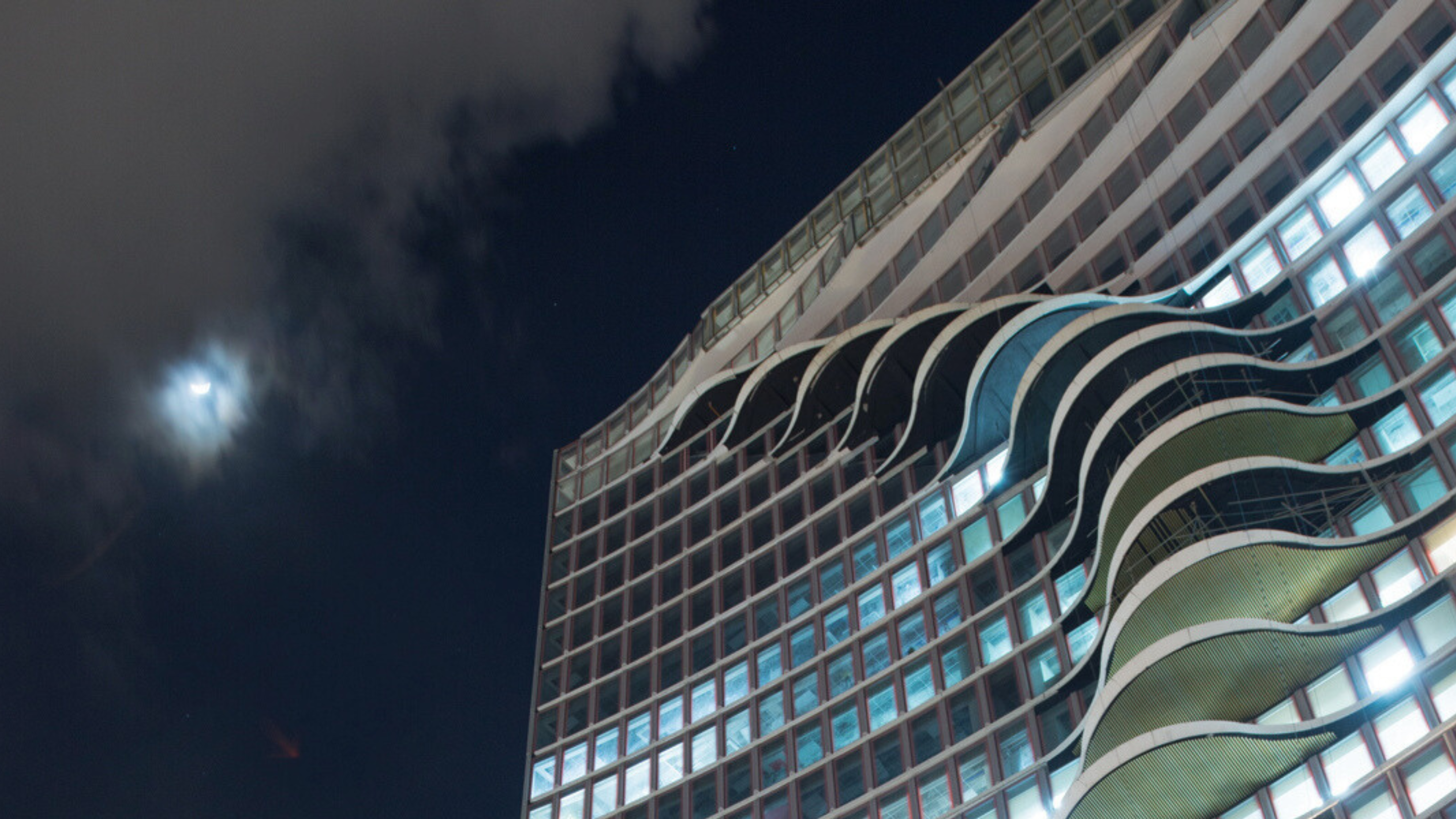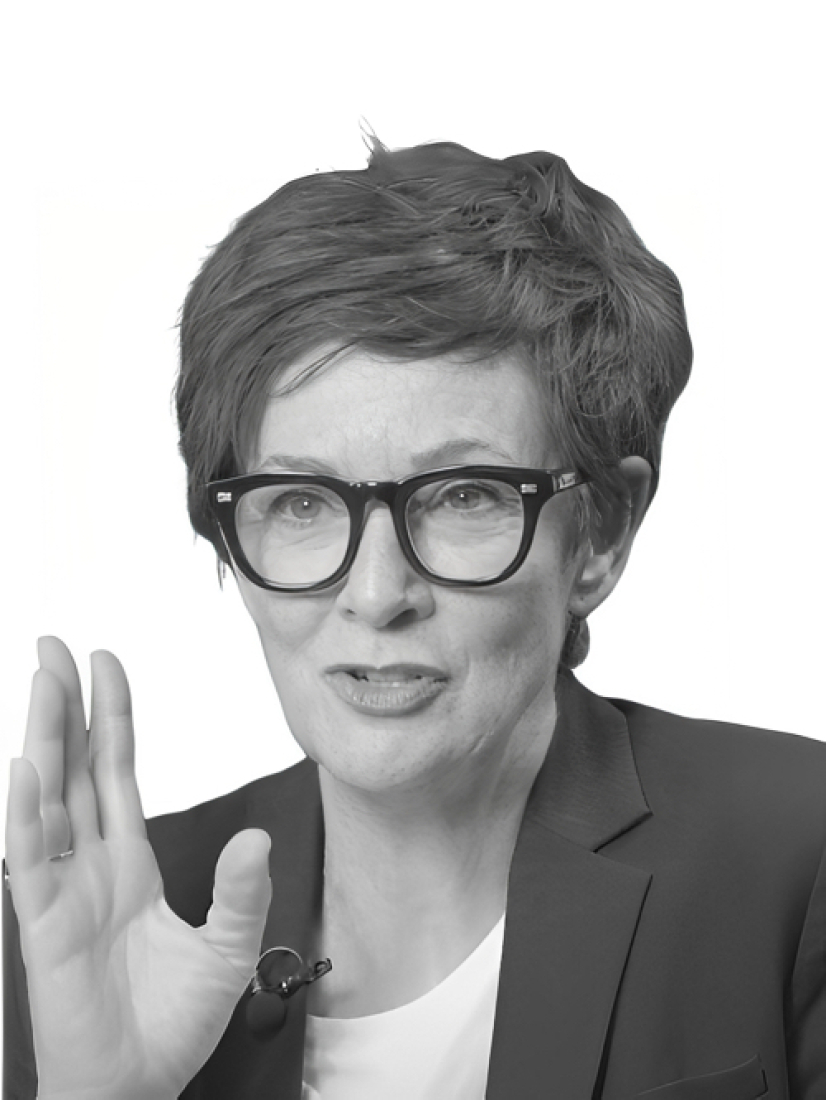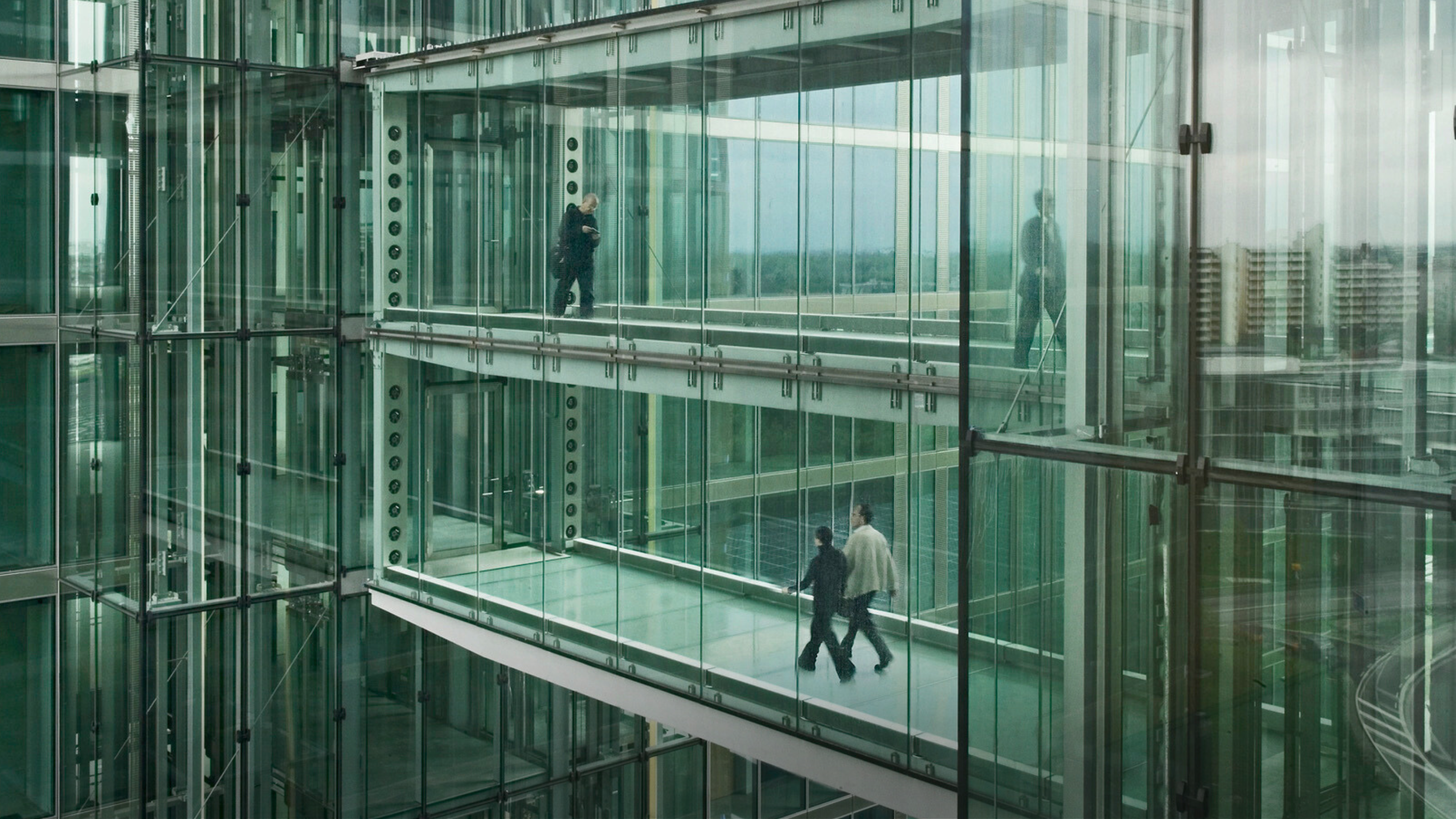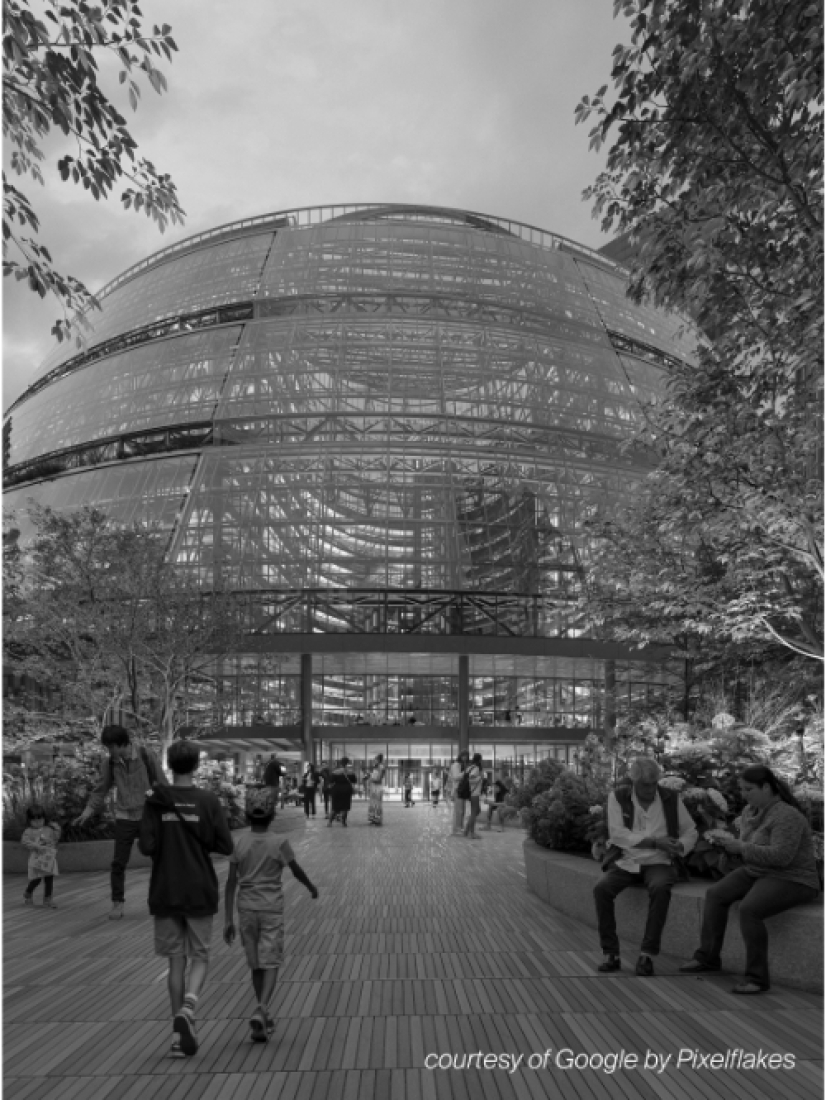5 key facts about this project
The Katyn Memorial, located near the Katyn Museum in Warsaw, Poland, stands as a tribute to the nearly 22,000 victims of the Katyn massacre, which occurred during the Soviet invasion in 1940. The memorial captures the lasting effects of this tragedy on Polish society. Its design emphasizes themes of absence and memory, creating a space that encourages reflection.
Design Concept
The memorial consists of a series of columns made from perforated panels arranged to resemble a forest. Each column features intricate cuts that evoke strong emotional responses and symbolize the wounds that historical events have left in the collective memory of the nation.
Spatial Configuration
The layout of the memorial directs attention toward the Katyn Forest, connecting the site directly to the location of the mass graves. This orientation is intentional, guiding visitors along a path that promotes contemplation. As people walk through the memorial, they are invited to think about the past and consider its impact on current society.
Visual Language
A notable aspect of the design is the way the perforations in the columns create the outlines of people when viewed from certain angles. This feature adds depth to the memorial, representing the lives lost and making their memory a central part of the experience. The silhouettes reinforce the feelings of loss and commemoration.
Interaction of Light and Shadow
The perforated panels also bring a dynamic quality to the space as light filters through them, casting changing patterns on the ground. This play of light and shadow contributes to an atmosphere that evolves throughout the day. The experience of moving through the space becomes a metaphor for the ongoing nature of memory, illustrating how past events continuously shape the present.
The memorial creates a cohesive landscape where visitors can connect with history, and the detailed perforations in the columns serve as a reminder of the individual stories behind the numbers.


